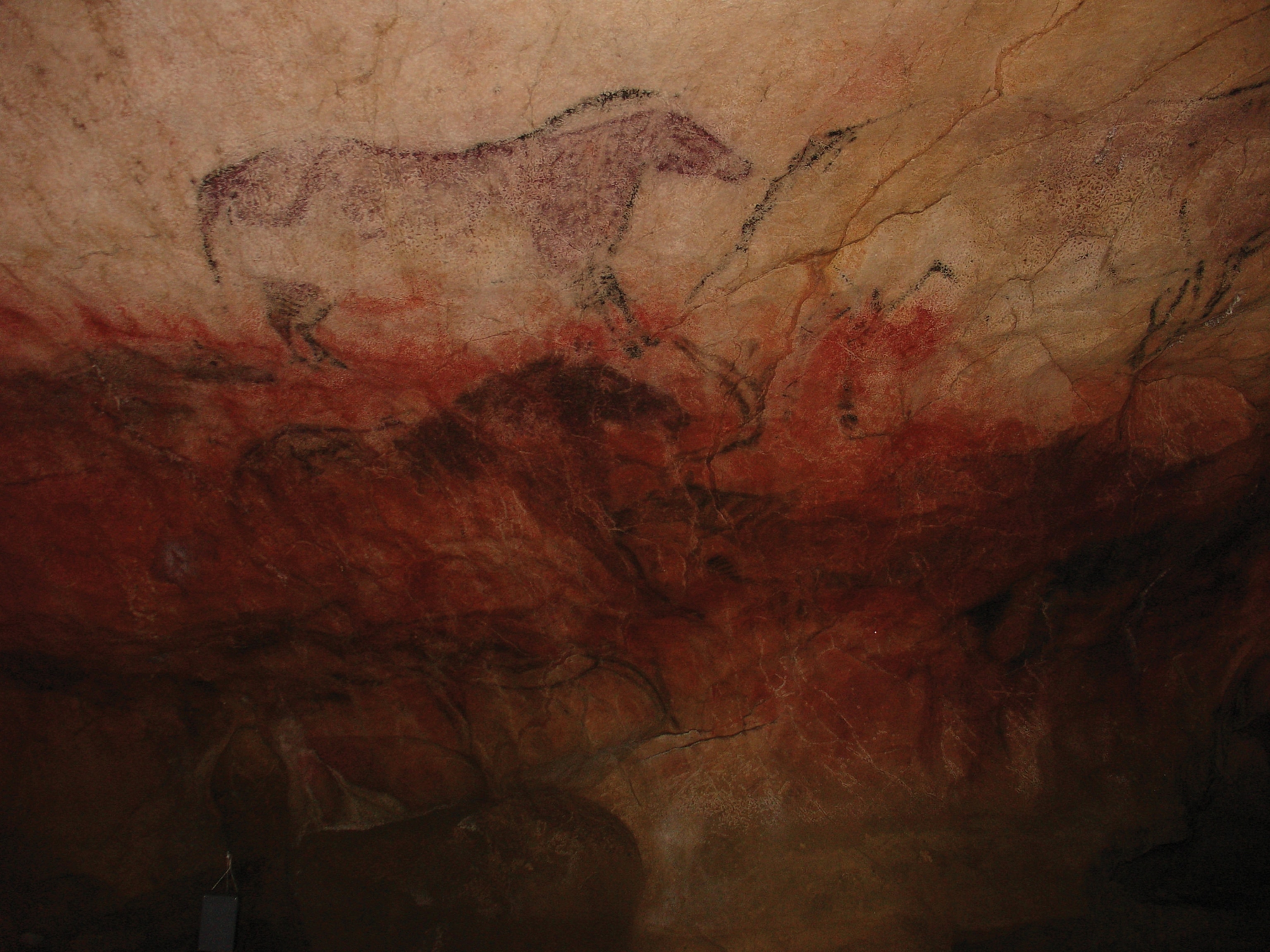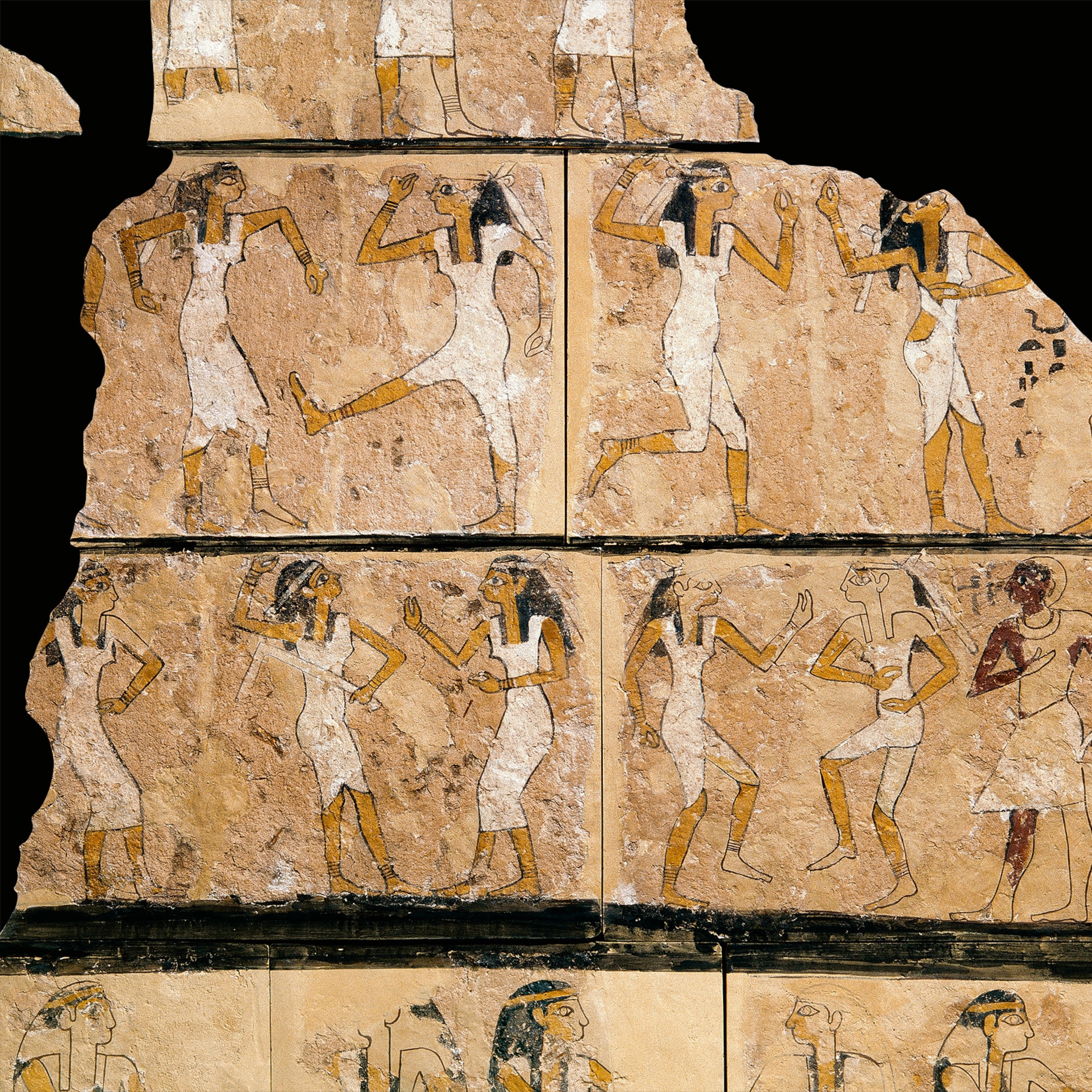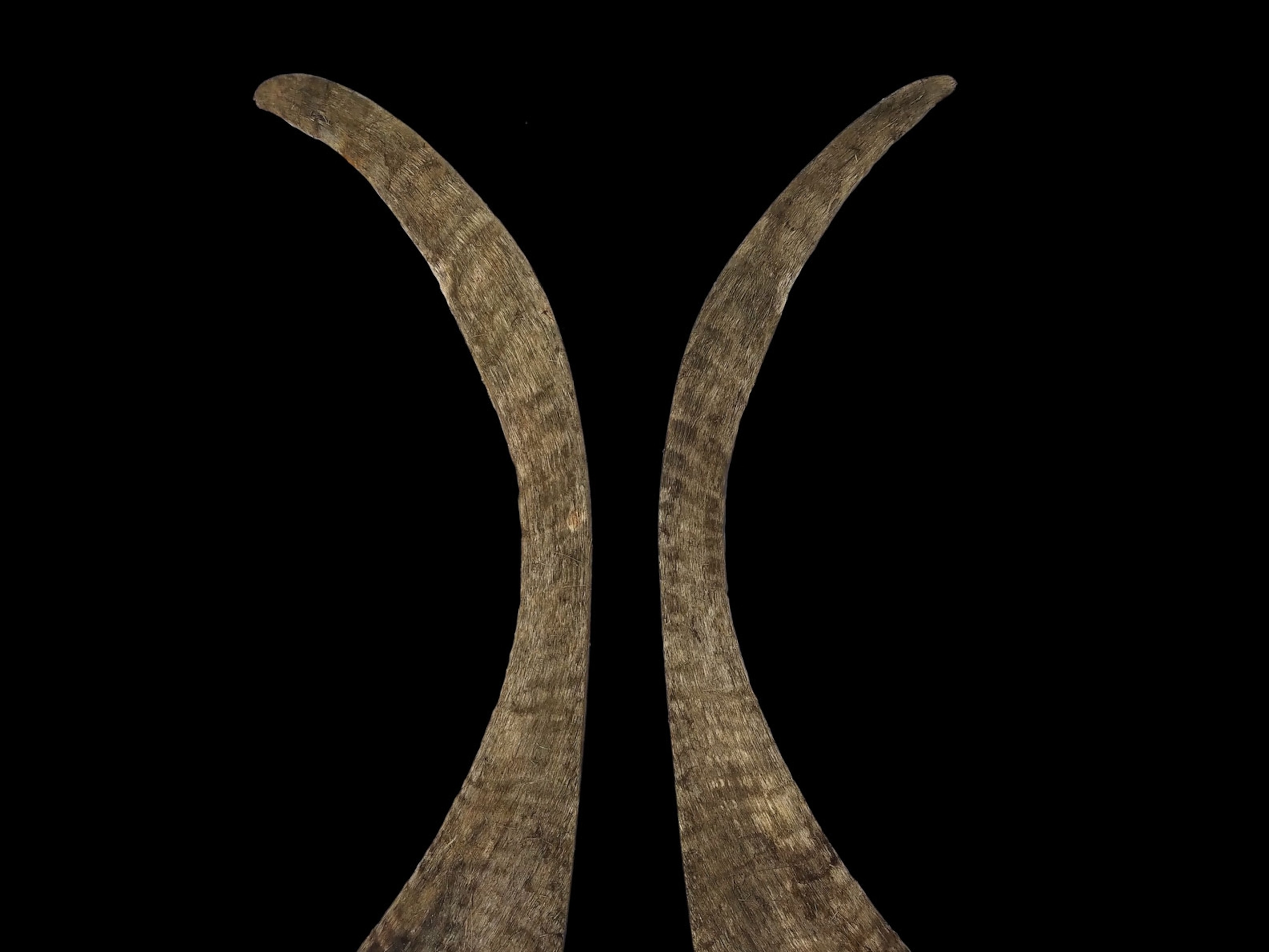
The astonishing—and accidental—Ice Age discovery made by Spanish spelunkers
Discovered by chance in 1968, the Tito Bustillo Cave was occupied for 26,000 years by Paleolithic peoples who covered its twisting passageways and rocky walls with hundreds of vivid artworks.
The Ardines massif on Spain’s northern coast is riddled with limestone caves. It lies a few miles from some of the most famous sites of Paleolithic cave art in the world, including Altamira, discovered in 1868, and El Castillo, discovered in 1903. In spring 1968 young cavers exploring the massif were about to find another one.
Equipped with only basic gear, the group was spelunking in a cavern known locally as Pozu’l Ramu. On their way into the cave, they stopped at a subterranean spring, but one of them wandered a little farther forward from the group. “Paintings!” they suddenly heard him shout. As the cavers pressed forward, the light from their lamps caught an animal’s leg painted on the wall. Despite not being archaeologists, they could tell this find was significant and alerted the authorities the next day.
Shortly after the discovery, one of the cavers, Celestino “Tito” Fernández Bustillo, was killed in an accident, and so it was decided to name the cave after him. After decades of research a plethora of paintings, engravings, and sculpture found in the Tito Bustillo Cave stand among the earliest examples of human artistic expression in Europe, and vividly reflect changing subjects and techniques during the Ice Age.
(3D scans reveal largest cave art in North America.)
Earliest art
Running from east to west, the Tito Bustillo Cave is 1,600 feet long. Narrow passageways link wide chambers and soaring rocky vaults with smaller nooks. In places its walls are nearly all covered in painted and engraved images that span thousands of years of prehistory.
Shadows and light

The world’s earliest known cave paintings were produced in Spain more than 65,000 years ago by Neanderthals, who then died out about 40,000 years ago. The hundreds of artworks at Tito Bustillo were all the work of modern humans, Homo sapiens. The earliest pieces date to about 36,000 years ago. Dating the artwork and the artifacts has revealed that humans lived, worked, and created in the cave for more than 26,000 years.
The original cave entrance, at the far west of the system, became blocked by a landslide 9,500 years ago, ending human occupation of the site (the cavers of 1968 found their way in through another fissure). The modern entrance to the site was created at the eastern end of the cave and is the means by which visitors enter today.
(The world's oldest cave art was found—and Neanderthals made it.)
Ice Age masterpiece
The first excavation of Tito Bustillo Cave took place in 1971 and centered on the Main Panel near the original entrance of the cave. On the walls of the cave’s largest “room,” the Main Panel displays many depictions of animals and signs that have been engraved, painted, and drawn on the rock’s surface. Close study by specialists over many years revealed the presence of 30 deer, 13 horses, nine reindeer, five goats, four bison, one auroch, as well as unidentified animals, lines, and signs.
Harpoons, spears, and needles show how people hunted, fished, and sewed.
In 1973 a more extensive study of the cave began under the direction of Rodrigo de Balbín Behrmann of the University of Alcalá. In the decades since then, Balbín and his teams have carried out numerous studies of the site and explored the entire Tito Bustillo complex. Extensive studies have been undertaken to ascertain how the inhabited and artistic areas of the cave relate to one another.
Carbon dating carried out in the course of Balbín’s studies confirms that work on and around the Main Panel was carried out mainly in the Magdalenian period, roughly between 17,000 and 10,000 years ago as Europe slowly emerged from the last ice age. It is this period that marks the most intensive activity at Tito Bustillo.
From the large chamber containing the Main Panel, the principal gallery twists eastward to the other end of the cave system. Along its course are side chambers and smaller caves containing art works from different eras.

At the far eastern end lies the so-called Chamber of Vulvas whose wall decorations are believed to represent female genitalia. Close by, in a smaller chamber, are very faint red paintings of humanlike figures, one male and one female. These works of art are the oldest found in Tito Bustillo Cave, dating as early as 36,000 years ago. Scholars believe these representations may reflect a very early interest in human fertility, and procreation.
(Were the prehistoric artists mostly women?)
Later Magdalenian art works, such as those on the Main Panel, reveal less interest in human forms and more attention to animal representation. In common with other Paleolithic sites in the region, the Magdalenian style is distinctive for its two-color (bichrome) designs, for an emphasis on rock engravings as well as paintings, and for an interest in large local animals, notably horses and deer. These animals clearly hold symbolic importance, along with their practical significance as sources of food.
Practical and spiritual
Archaeologists have recovered a wealth of artifacts from the site reflecting the patterns of daily life for hunter-gatherers who lived there. Arrowheads, harpoons, spears, needles, and other tools were crafted from shells, stones, bones, and antlers. These provide valuable evidence for how humans hunted, fished, and made clothing.
Cave couple

In addition to practical objects, numerous artifacts reflect the inhabitants’ symbolic universe. Pendants to adorn the body and bones engraved with animals and signs hint at their spiritual rites and social relationships.
The complexity of excavation is intensified by the many different types of space in the cavern. There is evidence that the Paleolithic inhabitants attempted to organize a “topographic marking system” by leaving symbols on the rock surface, and, in some places, building low walls to delineate different spaces.
(Take an expedition to discover human history in Spain and France.)
Although these cave environments seem mysterious to modern visitors, Balbín and his colleagues believe the realms of daily life and artistic activities were not as separated as previously thought. Although Tito Bustillo clearly had a spiritual dimension, its inhabitants wanted, in the words of Balbín, to “humanize its dark and deep spaces.”

Most of the chambers in the Tito Bustillo Cave are off-limits to public viewing in order to protect the ancient art. The Main Panel chamber, however, remains open to visitors, who can view the menagerie of ancient animals from a safe distance. The majority of the animals on the panel can be difficult to make out from the mass of superimposed images swarming around them. But the black lines of the bigger horses, and the violet and black hues of the reindeer, still stand out with astonishing clarity after many thousands of years.
In 2008 UNESCO included the Tito Bustillo Cave on its World Heritage List. It describes it as one of 18 cave sites in northern Spain that “represents the apogee of Paleolithic cave art.”
(A precise replica of a French cave and its 36,000-year-old art.)








